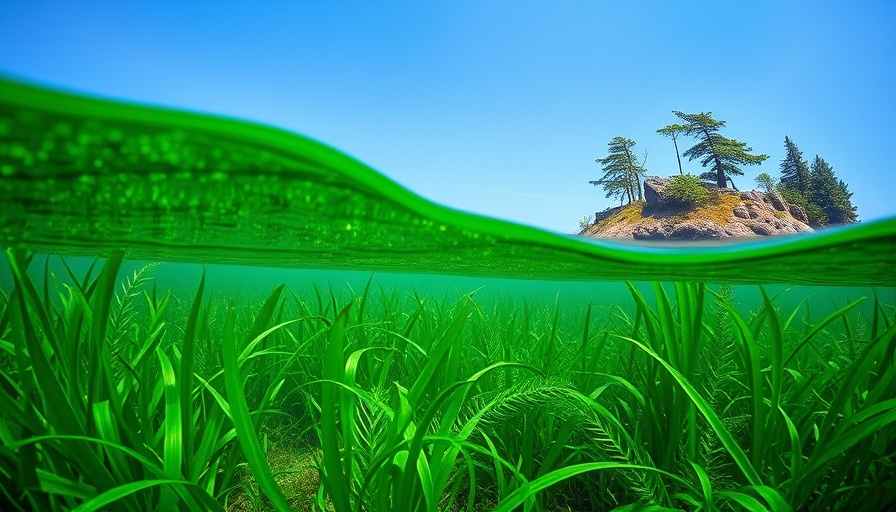
Seagrass: The Ocean’s Secret Weapon Against Climate Change
For centuries, the importance of seagrasses was overshadowed by their land-based counterparts, yet recent studies highlight their unprecedented potential as a "secret weapon" in the fight against climate change. Notably, seagrass ecosystems can capture carbon emissions up to 35 times faster than tropical rainforests, significantly contributing to global carbon storage despite occupying a mere fraction of our oceans.
Why Seagrass Restoration Matters
Seagrasses provide not only essential habitat for marine wildlife but also serve as vital carbon sinks. Presently, seagrass covers less than 0.1% of the ocean floor yet accounts for 10-18% of oceanic carbon sequestration. This dual functionality makes them a crucial component in our climate strategy. Following the NOAA's findings, restoration projects across North America have led to a fourfold increase in seagrass meadows, marking a significant victory for biodiversity and climate resilience.
Supporting Local Economies and Biodiversity
The restoration efforts are not just about combating climate change; they also support local economies. Seagrass meadows provide habitat for fish and other marine creatures, boosting fisheries and local livelihoods. A healthy seagrass ecosystem can lead to recovering species like cod and plaice, which are vital to coastal communities.
The Challenges Ahead
Despite these positive developments, there are considerable threats to seagrass ecosystems, including pollution and coastal development, which have already led to a staggering loss of 92% of seagrass in the UK alone over the past century. Without proactive measures to protect these meadows from such human impact, the future of these underwater fields remains precarious.
The Role of Entrepreneurs in Climate Solutions
For small business owners and entrepreneurs, investing in environmentally sustainable practices that support seagrass restoration or advocate for marine conservation can be both a profitable venture and a means to contribute positively to the planet. Innovations in restoration techniques, such as mechanized planting, are creating opportunities for businesses that focus on blends of technology and ecology, illustrating a new path toward sustainability.
Call to Action: Get Involved
As public awareness grows, there’s a collective call for communities to engage in seagrass restoration projects. Entrepreneurs have a unique opportunity to lead the charge, collaborating with local ecosystems and leveraging their networks to foster widespread change. If you’re passionate about the environment, consider how your business can contribute to marine conservation initiatives, ensuring that seagrass ecosystems thrive now and in the future.
 Add Row
Add Row  Add
Add 




Write A Comment